Window Dressing Wizardry: Crafting Compelling Mannequin Stories

When you stroll past a shop window, what grabs your attention first? Is it the glimmer of new products, the splash of colors, or perhaps the intricate arrangements that seem to tell a story? More often than not, it’s the mannequins—those silent storytellers that bring products to life and beckon you into the store. This art of window dressing, particularly the use of mannequins, is a critical element in retail that blends creativity, psychology, and marketing. Let’s dive into the basics of window dressing and how compelling mannequin stories can transform a shop window into a powerful visual narrative.
The Art and Science of Window Dressing
Window dressing, also known as visual merchandising, is the practice of designing retail window displays to attract and engage customers. It’s not just about placing products in the window but creating an inviting scene that sparks curiosity and desire. A well-dressed window should:
1. Catch Attention: The display should be visually striking enough to make passersby stop and take notice.
2. Tell a Story: Beyond showcasing products, the display should convey a narrative that resonates with potential customers.
3. Drive Traffic: Ultimately, the goal is to lure customers into the store where they can explore and purchase products.
Mannequins: The Silent Salespeople
Mannequins are the centerpiece of many window displays. They serve as silent salespeople, demonstrating how products look when worn or used. Here’s why mannequins are so effective:
- Human Connection: Mannequins create a human connection. Seeing clothes on a mannequin helps customers visualize how they might look wearing those outfits.
- Versatility: Mannequins can be posed and styled in countless ways to reflect different lifestyles, themes, and trends. For instance, a mannequin torso can be particularly effective in displays focused on highlighting upper body wear or accessories, providing a clear view that captures the intricacies and style of shorter garments without the distraction of full-body elements.
- Narrative Power: When arranged thoughtfully, mannequins can tell a compelling story that enhances the appeal of the products they display.
Crafting Compelling Mannequin Stories
Creating a compelling mannequin story involves more than just dressing a mannequin in the latest fashion. It’s about weaving a narrative that captivates and engages. Here’s how to do it:
1. Define the Theme
Every great story starts with a theme. Your theme will guide every aspect of your window display, from the choice of mannequins and their outfits to the background and props. Themes can be inspired by seasons, holidays, current trends, or brand stories. For example, a summer theme might feature mannequins in beachwear, set against a backdrop of sun, sand, and surfboards.
2. Know Your Audience
Understanding your target audience is crucial. What are their interests, desires, and lifestyles? Tailor your mannequin stories to resonate with them. If your store caters to young professionals, your displays might feature mannequins dressed in chic, office-appropriate attire, styled in dynamic, city-themed settings.
3. Create a Scene
Think of your window display as a stage set. Your mannequins are the actors, and their surroundings set the scene. Use props and backgrounds to enhance the story. For instance, a winter theme could include mannequins dressed in cozy sweaters and scarves, set against a snowy backdrop with pine trees and twinkling lights.
4. Pay Attention to Details
Details make a big difference in making your story believable and engaging. Consider the poses of the mannequins—are they dynamic and natural? Are their outfits styled with accessories that enhance the look? Small touches like adding jewelry, bags, or even a cup of coffee can make the scene more relatable and complete.
5. Use Lighting Effectively
Lighting can make or break your display. Proper lighting highlights the key elements of your story and draws attention to the mannequins. Use spotlights to focus on the mannequins and softer lighting for the background. Experiment with colors and shadows to create different moods and atmospheres.
6. Change It Up Regularly
To keep the story fresh and exciting, update your window displays regularly. This not only attracts repeat visitors but also showcases new products and keeps the overall shopping experience dynamic. Seasonal changes, new arrivals, or special promotions are all good reasons to refresh your window display.
Examples of Successful Mannequin Stories
Seasonal Themes
Retailers often use seasonal themes to connect with the current mood and activities of their customers. For example, during spring, a window display might feature mannequins in floral dresses and light jackets, surrounded by blossoming flowers and pastel colors. This not only highlights the new spring collection but also evokes the freshness and renewal associated with the season.
Holiday Stories
Holidays provide a perfect opportunity to create themed displays. A Christmas window might showcase mannequins in festive attire, set in a cozy living room scene with a decorated tree, presents, and warm lighting. This not only promotes holiday merchandise but also taps into the emotions and traditions of the season.
Lifestyle Narratives
Lifestyle-based stories can be highly effective, particularly for brands that target specific demographics. For example, an athletic wear store might create a display featuring mannequins in running gear, posed mid-stride in front of a backdrop of a marathon or a scenic trail. This not only shows off the functionality and style of the clothing but also inspires customers by connecting to their fitness goals and aspirations.
The Impact of Compelling Mannequin Stories
Compelling mannequin stories do more than just showcase products—they create an emotional connection with customers. When done right, these stories can:
- Increase Foot Traffic: An eye-catching, engaging window display draws more people into the store.
- Boost Sales: By helping customers visualize how they might use or wear products, mannequin stories can lead to increased sales.
- Enhance Brand Image: Creative and well-executed displays can strengthen a brand’s image, making it more memorable and appealing.
- Encourage Social Sharing: In the age of social media, a striking window display can become a shareable moment, generating buzz and attracting even more potential customers.
Conclusion
Window dressing, with its blend of art and strategy, is a powerful tool in retail. Mannequins, as the protagonists of these visual stories, play a crucial role in bringing products to life and engaging customers. By crafting compelling mannequin stories, retailers can create immersive and memorable experiences that not only attract attention but also drive sales and enhance brand loyalty. So next time you pass by a shop window, take a moment to appreciate the artistry and narrative that make those mannequins more than just display figures—they’re storytellers in their own right.


























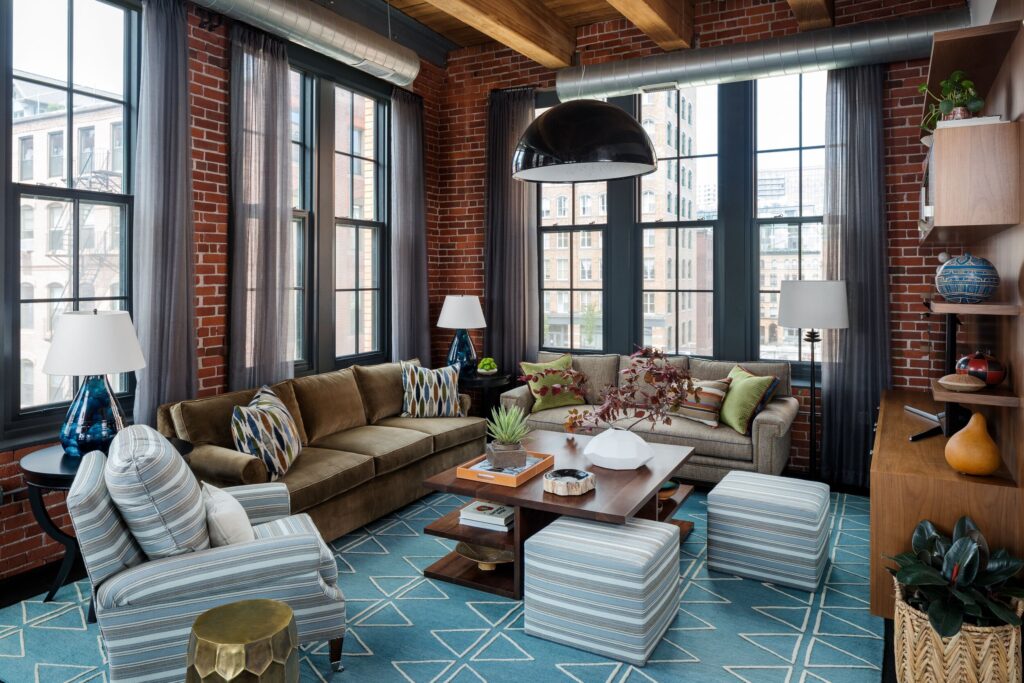



















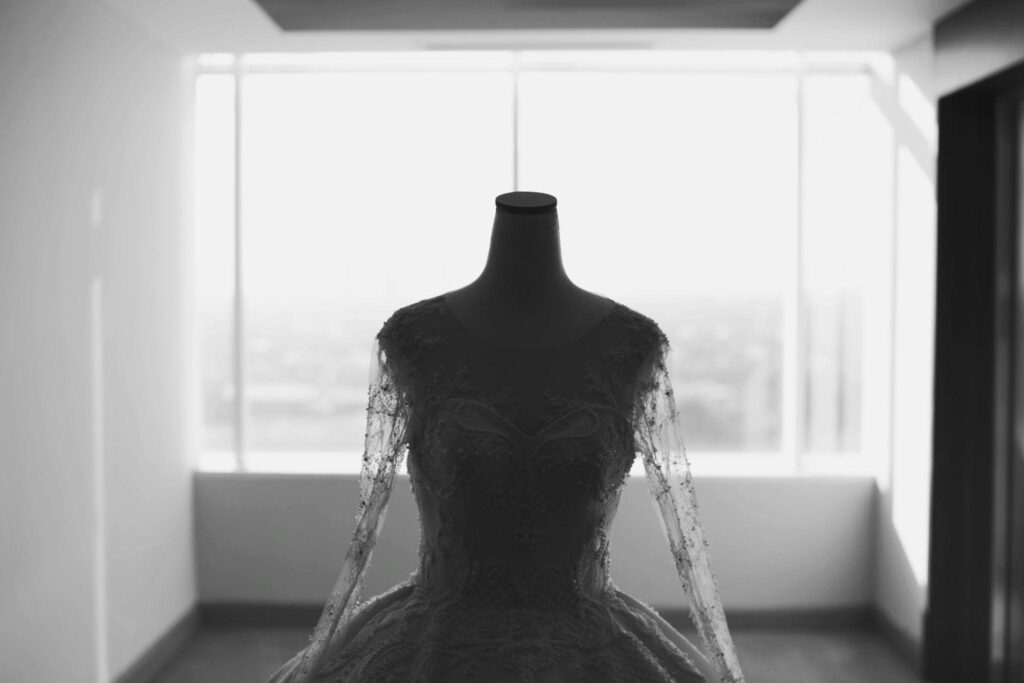




























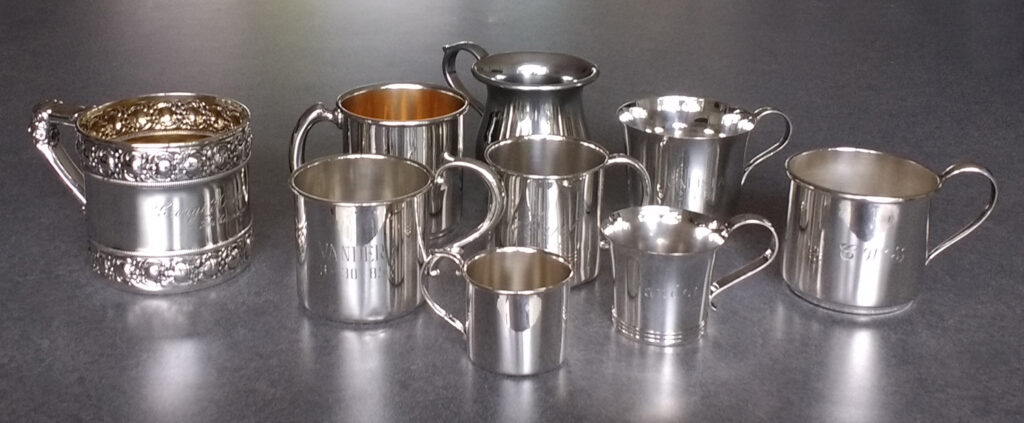








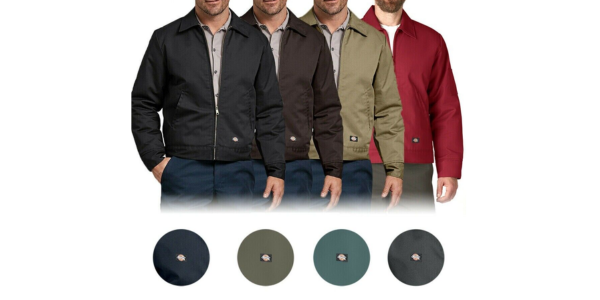














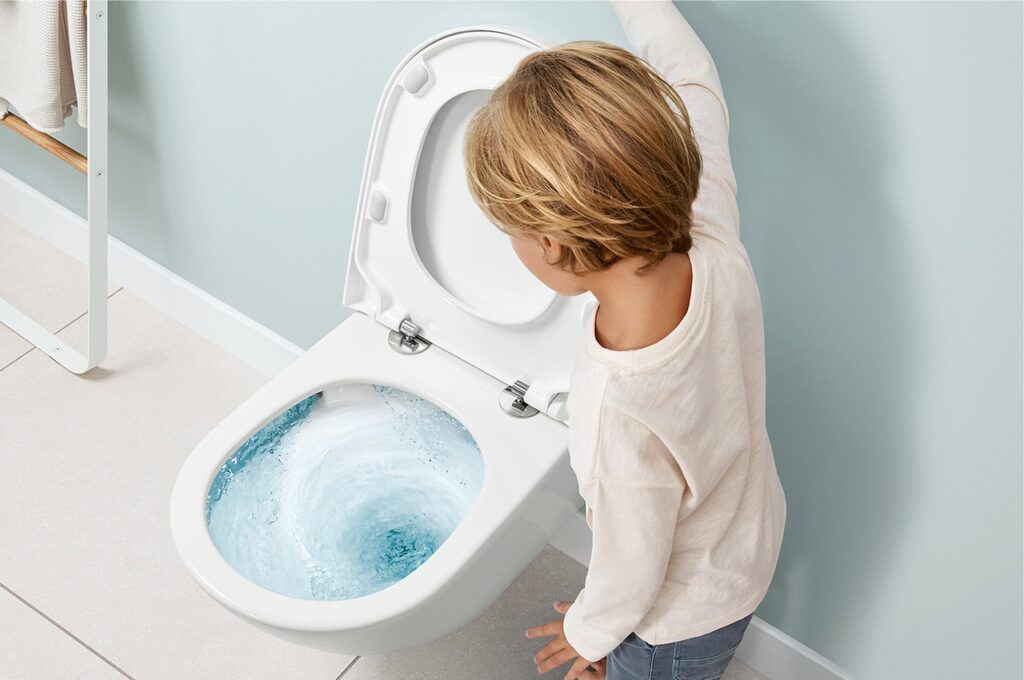













































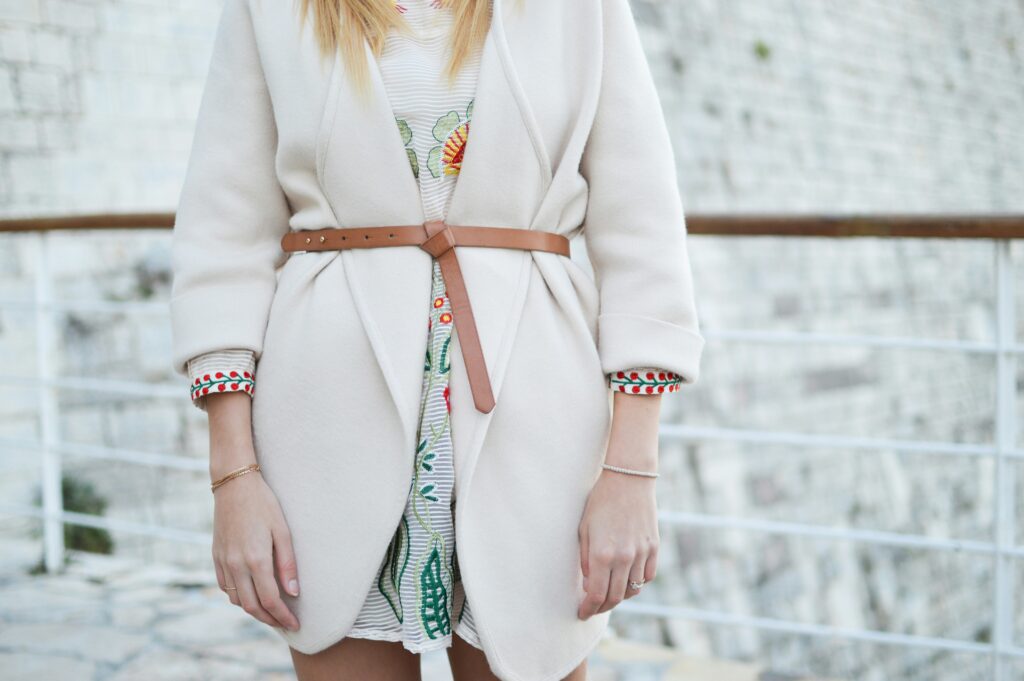











































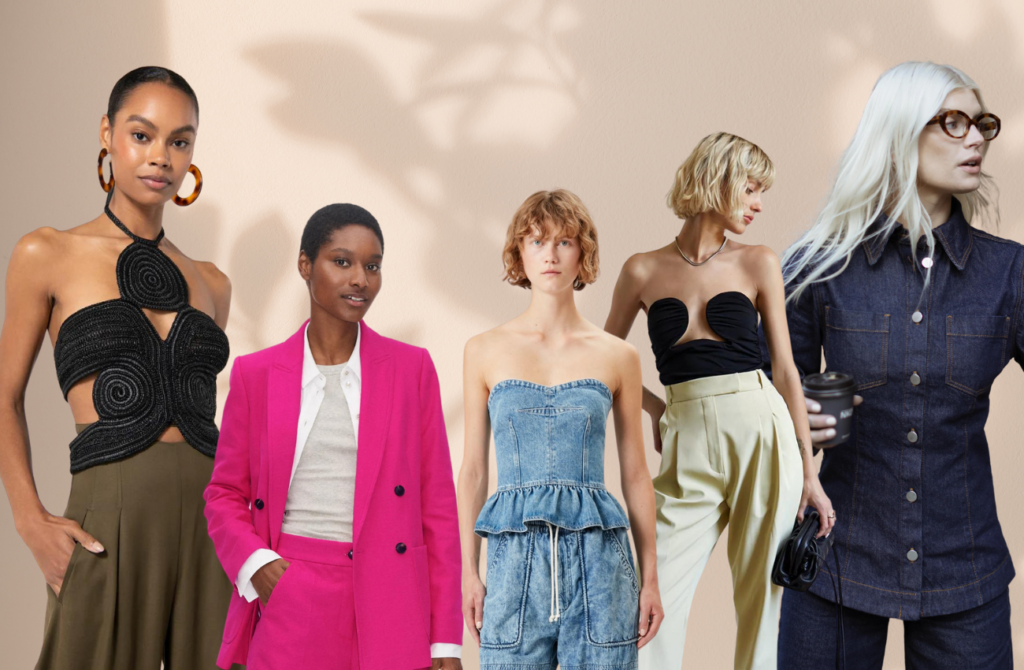












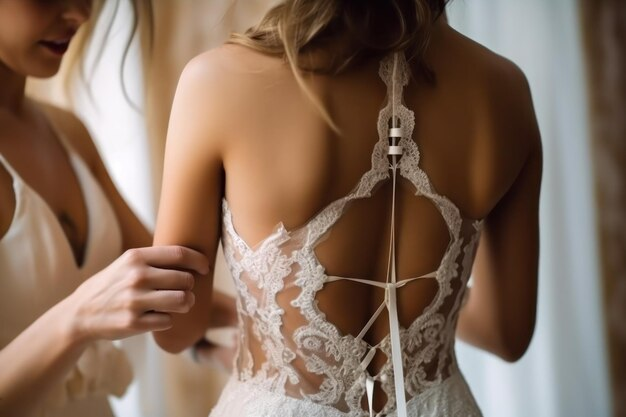

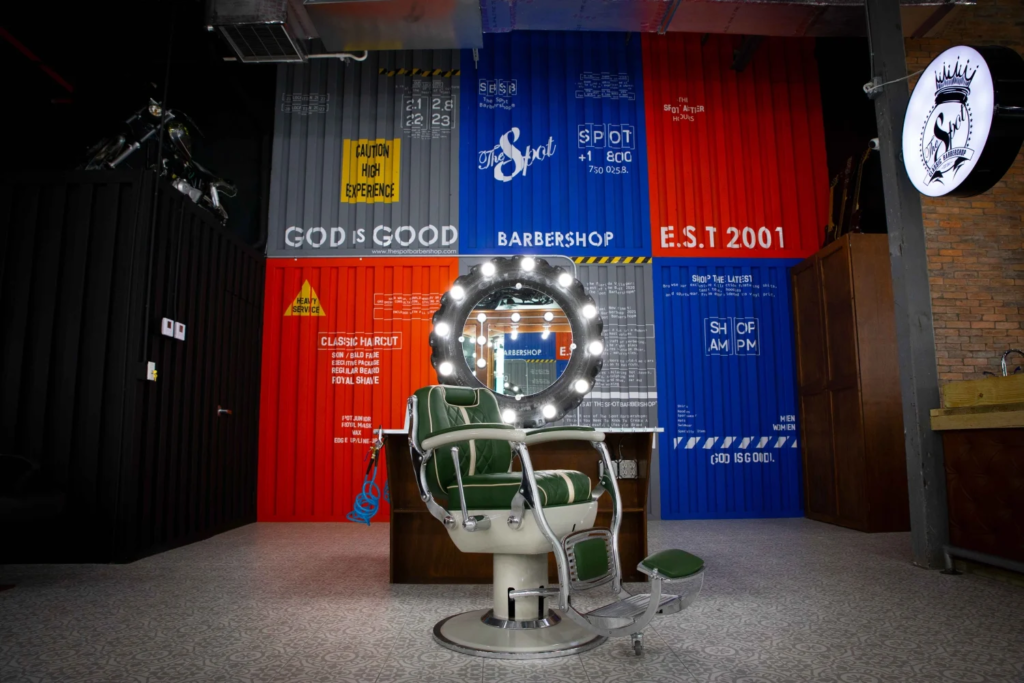



















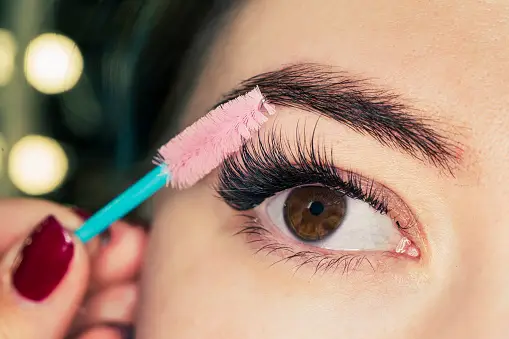




























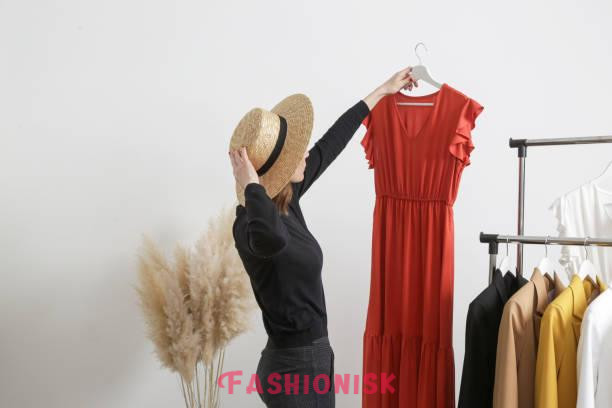



























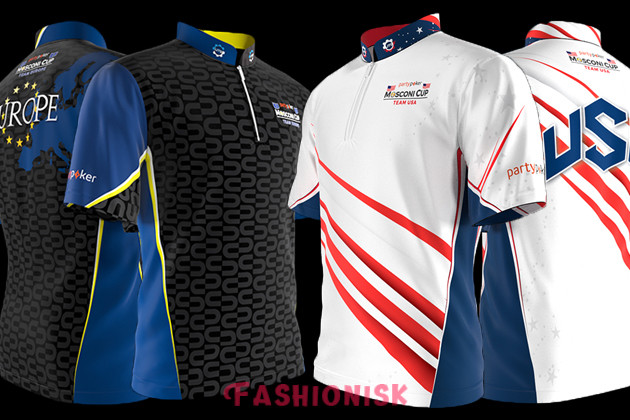

























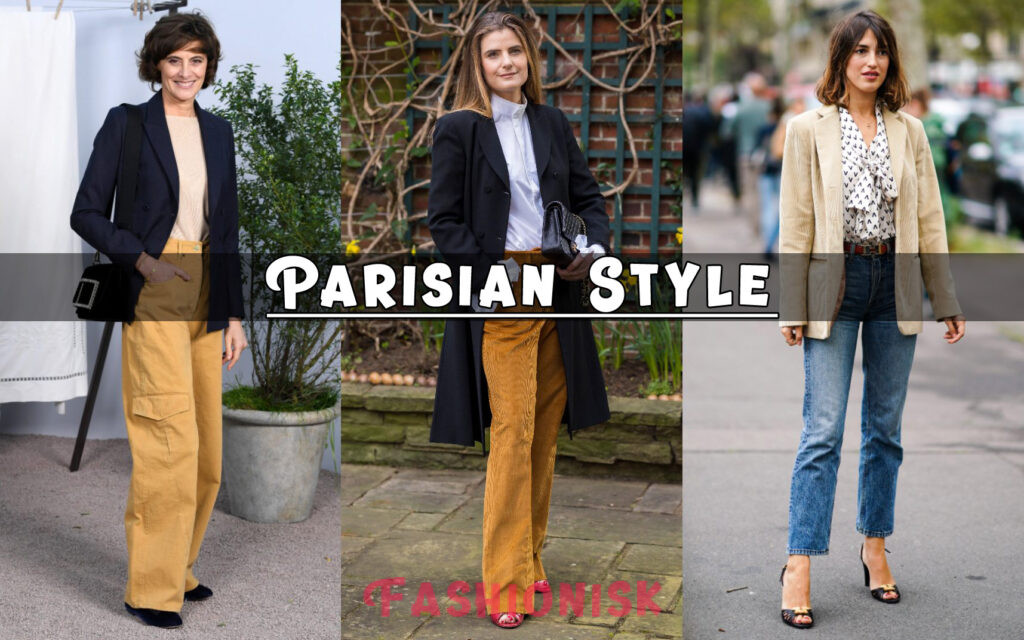

















































































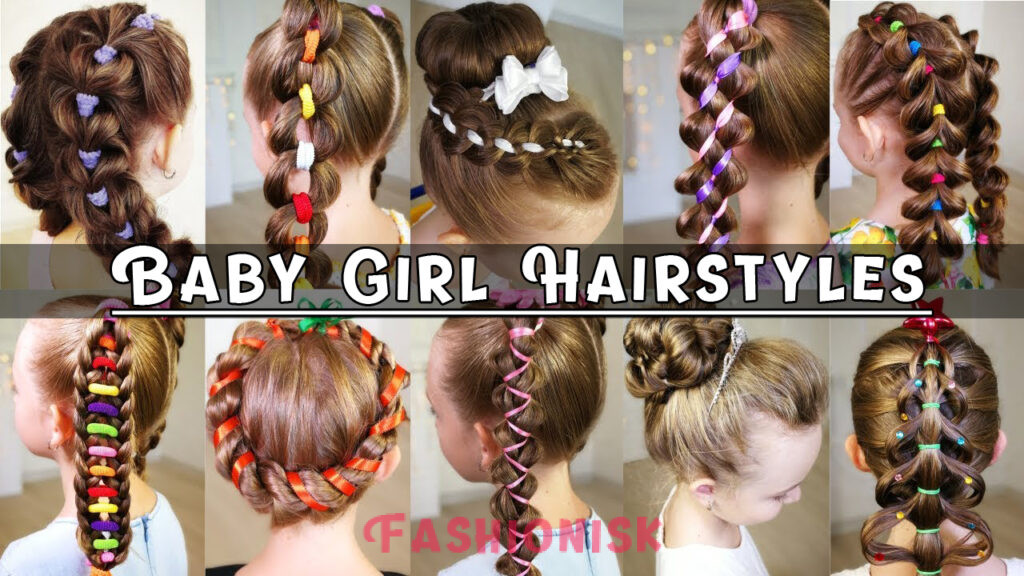

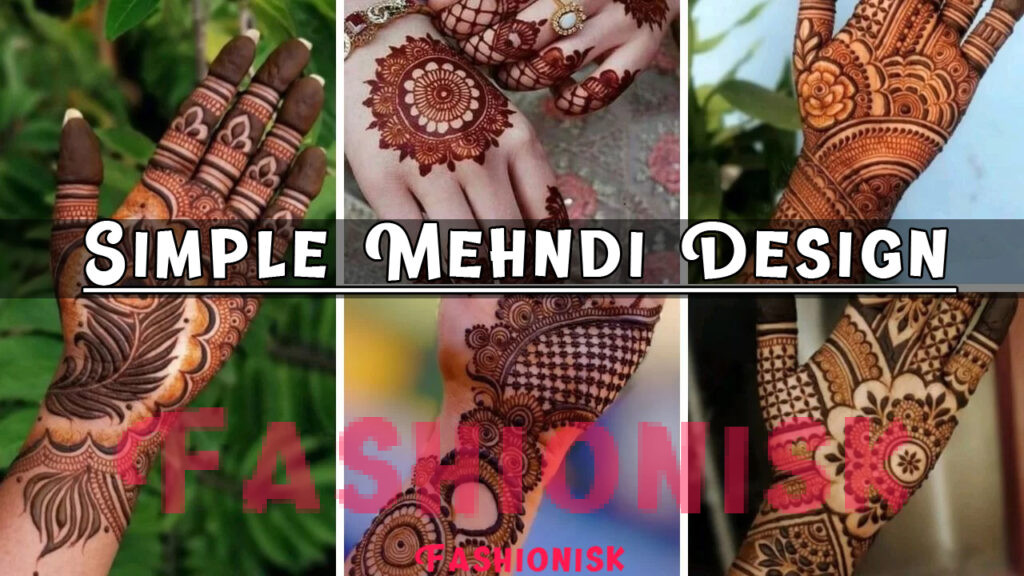



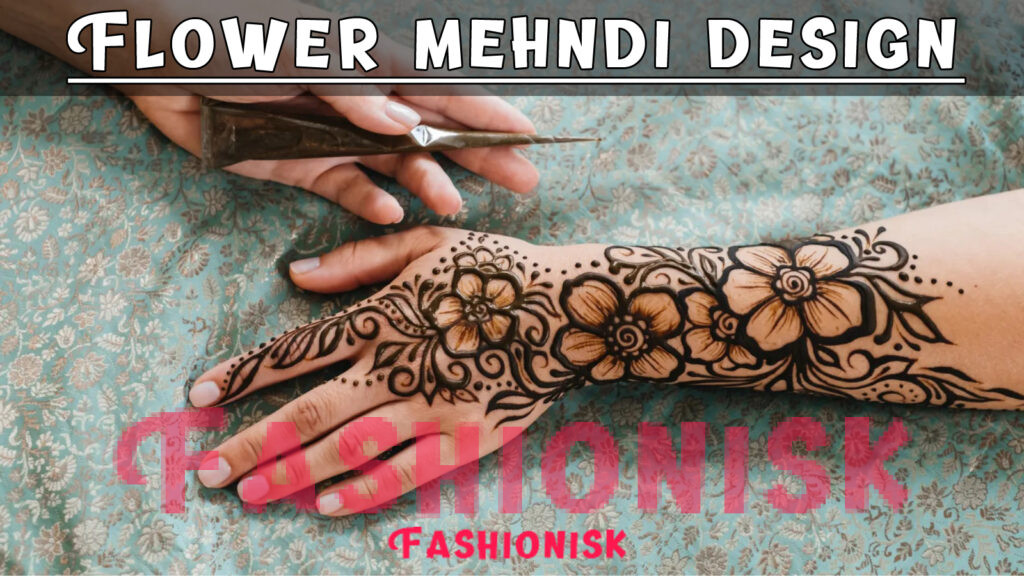













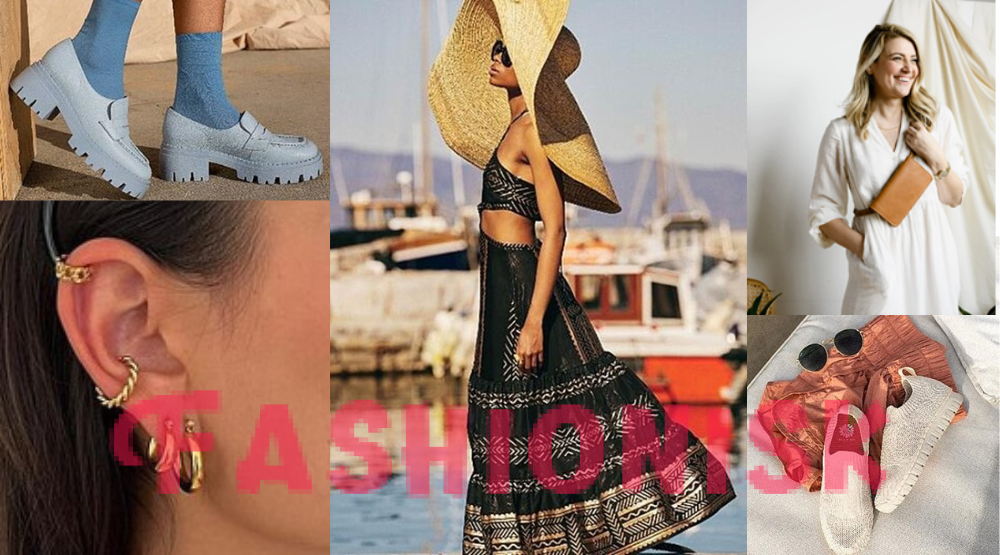





Comments